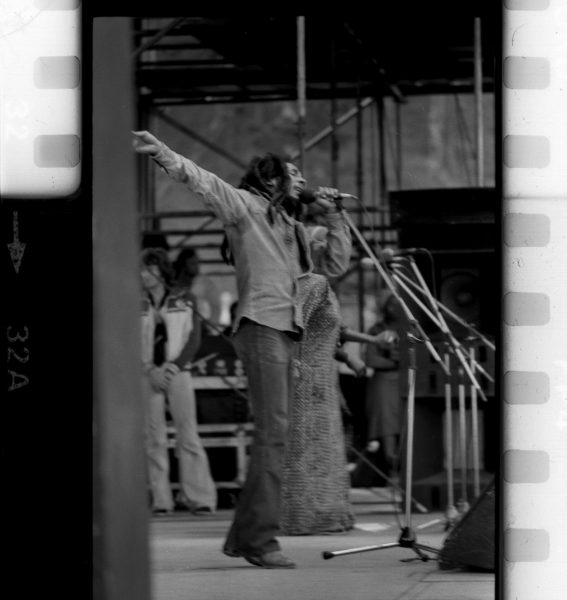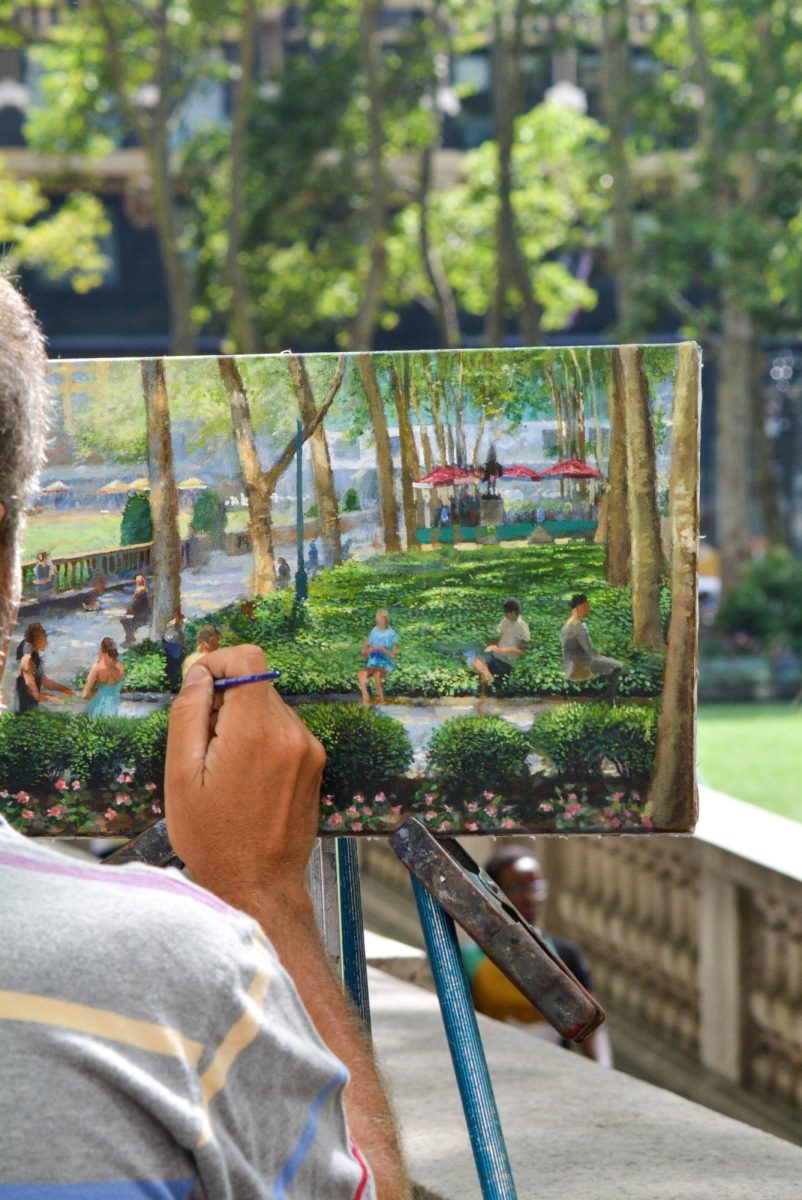Throughout history, there have been repeating patterns in art, such as common themes and techniques used to make beautiful pieces. However, each culture has its distinctive style; art historians have observed that there are some significant similarities between the language of the artist and what their creative works say about them. The art of music is a good way to approach this because it has a rich history of being influenced by language, and of change due, to the social climate from which it is produced.
Through the Lenses of Music
One instance of language rapidly impacting music is with the evolution of reggae, which is directly linked with a specific Jamaican Creole language, Jamaican Patois. Although Jamaican Patois has roots in the English language, it is completely different.
It has an entirely different syntax, with Jamaican Patois having a different tense system, while many words from Jamaican Patois are loan words or in part inspired by other languages aside from English. As the Jamaican Creole language developed, reggae songs by Jamaican artists were perceived as patriotic.
For instance, Bob Marley — a star in Jamaican reggae — allowed for a time of peace between many people of rivaling political groups of Jamaica (as shown in Robert Palmer’s ‘Bob Marley, in the Key of Peace’) and for that reason many Jamaicans would play his music proudly, even when traveling abroad. The themes of freedom in those songs helped to strengthen the nationalism that Jamaicans felt, not just for their country but for their language.

Reggae has grown to have a divine reputation because of its relation with the language of religious Rastafaris (people within the mostly Jamaican politico-religious movement Rastafarianism, which combines the beliefs of Protestant Christianity, Jamaican mysticism, and Pan-Africanism). However, even despite Jamaica having used Patois since its creation, even today, English is seen as more academic of a language and is enforced in Jamaican curriculums, despite there being many classic books (including The Bible) in Patois.
The mere notion that Patois is “broken English” has painted Patois in a light that it’s not as academic as so-called “normal English.” Due to this, those who speak what is seen as a more academic language like English might perceive these songs as inferior and trivialize their meanings.
Through the Lenses of Visual Art
This relationship between language and art is not just present in modern music; it has been observed by many people across the world. Umberto Eco, an Italian art historian and philosopher, wrote, “Culture should be in a holistic way, as a complete range of signs to communicate, as every cultural identity becomes a semiotic sign. Therefore, arts are systems of communication, [and of] languages.”
Many intellectual circles consider art to be a language of its own, but, no matter the artist, the ideas expressed in art will always in some way or somehow be influenced by the language of that artist. After all, art is just an expression of the artist’s upbringing and perspectives, which are shaped by their native language. Japanese characters, for instance, are written to look similar to the images of the concepts they are expressing.
The simple yet detailed art pieces of the Japanese language are written similar to kanji (a Japanese system of writing based on Chinese symbols, called characters). This just comes to show that all facets of language within a community are related to all the facets of art within that community.
Art is really just a reflection of what the artist absorbs, and the first thing that anybody absorbs is language. Thus subconsciously or not, art will be a product of the unique language that the artist uses to think with and to communicate through. Even the characteristics of paintings, even if they’re of the same subject (such as a wave) can be drawn completely differently, because the words associated in that language with ‘wave’ can be greatly differen,t depending on the language used. One language might associate waves with power and wrath, but another language might associate waves with gentleness and smoothness.
The connotations of what a wave is — strong, forceful, yet beautiful — in feudal Japanese works are because of the connotations that language gives to waves and thus it can be said that the language has a great importance on how an artist describes a particular subject and what qualities the artist gives to this particular subject in the artwork. Artists are often inspired by their culture and viewers will look at a work of art with bias, due to values from their own culture. A person’s taste in art depends on the values with which which they were raised, in their own culture and language.
Through the Lenses of the Everyday Person
I came to this conclusion through hours of research and reading on the subject; however, a more accurate representation of this topic is through personal experience. In order to prove this theory, I conducted a survey analyzing how students whose first language isn’t English from across New York (mostly from Bronx Science and Lehman High School) felt about their interpretation of English and American literature and artworks of the English speaking world.
According to Bengali student Siam Mahmud ’26, learning English letters and the language from his Bengali background was difficult. Artworks that were literary or visual were unusual because of the way that the English Latin alphabet is formed. He said, “There were oddly spelled words and odd new words in English when I was learning the language; I never thought some of those were words before.” This experience is similar to that of most students surrounded by English culture and art as non-native English speakers.

Most people that took this survey expressed similar statements to Mahmud’s. Maybe, you might think, this relationship is all based on scholars discussing theory. You might think this relationship doesn’t pertain to the average twenty-first century young adult or high school student like you, but quite the opposite is true.
As we’ve seen, this important relationship impacts everyone living in the world today too. Even average high school students attending English-speaking high schools who were raised in a non English-speaking community feel this impact of what they speak onto how they understand art, as shown by Mahmud’s account. Altogether, art is just language in another form — it expresses the same ideas with nearly the same format.
Through the Lenses of Scientific Studies
Evidence from purely fact-based statistics is undeniable. In an experimental study paper published on November 11th, 2022, in the School of Economics in Beijing, China, my argument is explicitly supported through lab work and science. The study showed that there are differences in the way that ethnic minority students (in this case ethnic minorities in China) perceive art and the way in which they express themselves through painting.
The study was conducted in a controlled classroom in Beijing and had two main groups — those who spoke Chinese natively and those who spoke a different language than Chinese. The latter produced works that had what the researchers described as a more creative and unique interpretation of the art given to them; these works had more variety to them in their subject and use of Chinese than did average Chinese students in the study.
In its most literal sense, language is able to impact the part of your brain that controls creativity, which comes to prove that being a native speaker of another language affects your perception of art.
Language, as a concept, will always be linked to what is expressed through those who speak that language. It will be interpreted differently by everyone, but as we’ve seen, language directly and explicitly affects art and the perception of that art is influenced by the language of the speaker.
Altogether, the language a person is exposed to has an impact on some of their ideas, which is ultimately represented in art. In most ways, this is just a demonstration of the thought process of an individual and the release of those unspoken words as images, dances, music, and more. Art, whether it’s the paintings of Vincent Van Gogh, the literature of Herman Melville, the music of Wolfgang Amadeus Mozart, is really just a result of language, and of course because of that, language affects the perception of art and creation of art of an individual.
Art is really just a reflection of what the artist absorbs, and the first thing that anybody absorbs is language. Thus subconsciously or not, art will be a product of the unique language that the artist uses to think with and to communicate through.

